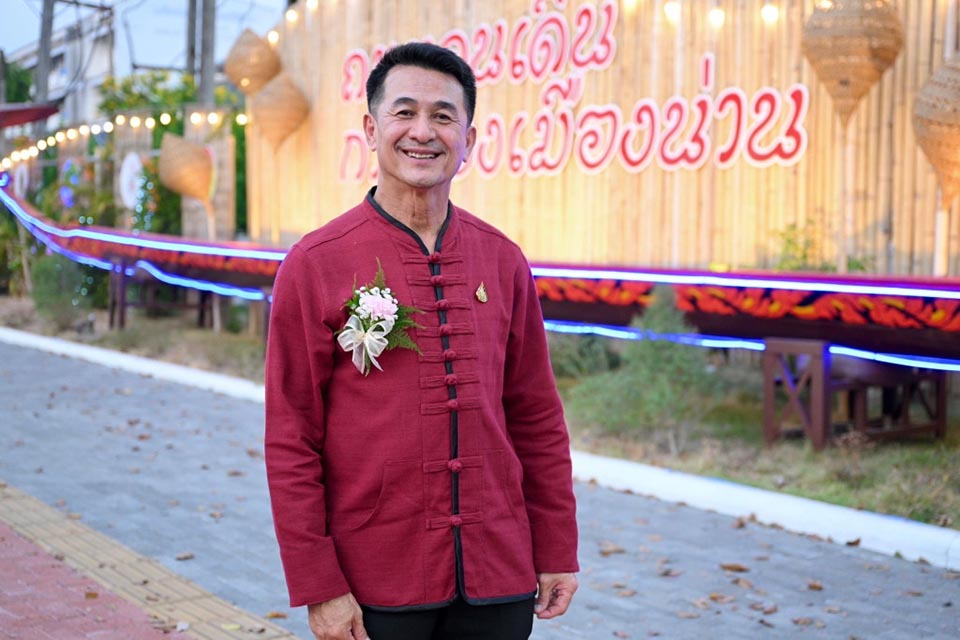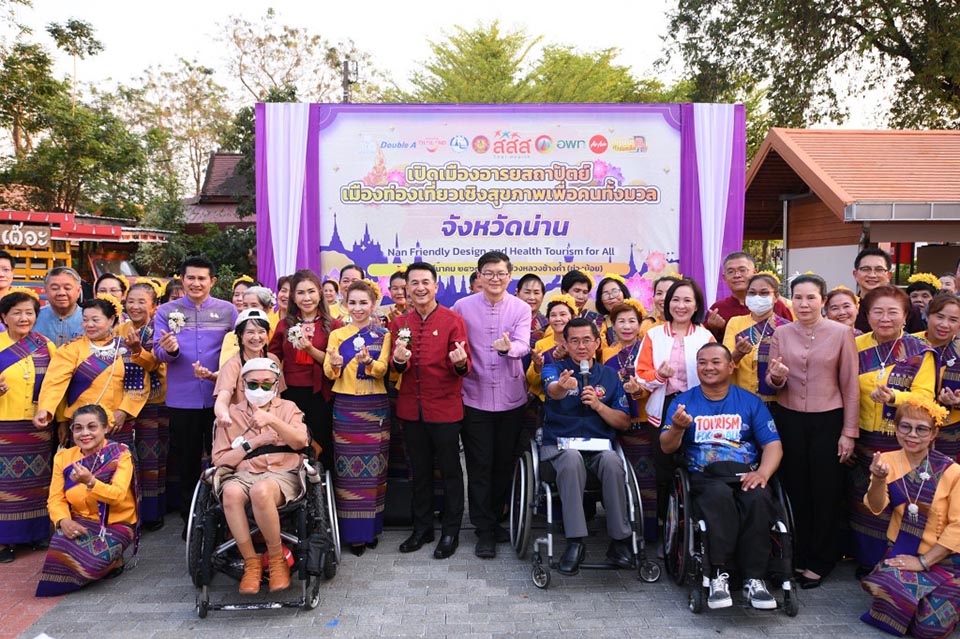
Minister of Public Health Dr Cholnan Srikaew has unveiled plans to develop his home province of Nan into a health city prototype, focusing on accessibility for the elderly and those with disabilities. The announcement was made during a seminar on Saturday (Mar 2) organized by the Thai Health Promotion Foundation, the Tourism Authority of Thailand, Nan Municipality, and other organizations.
According to Dr Cholnan, the project aims to address four key areas, including establishing Thailand as a medical hub, promoting health and wellness tourism, ensuring tourism accessibility for all, and fostering equality in an aging society. With over 13 million senior citizens, making up 20% of the population, and more than 2.1 million people with disabilities, the need for a universal design in public spaces and tourist attractions is becoming increasingly apparent.
Nan has been highlighted as one of ten cities in Thailand adopting this universal design approach. Recent developments include modifications at Wat Phumin, a 400-year-old temple, where wheelchair ramps and elevators have been installed to improve accessibility. The initiative is set to expand to other provinces, including Udon Thani, Rayong, and Songkhla provinces.
Efforts are in motion to nominate Nan as a UNESCO Creative City, with a particular focus on turning various tourist spots, including the Nai Wiang area, into eco-friendly destinations that align with international standards for sustainable tourism. In the past year, Nan welcomed around 1.57 million visitors, with close to 16,000 coming from abroad, contributing about 4.4 billion baht to the local economy. (NNT)










